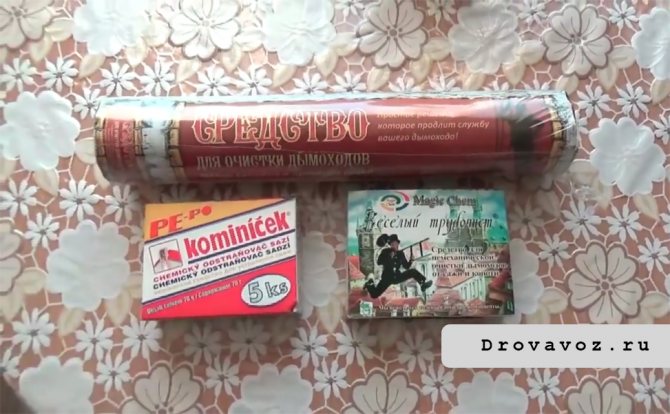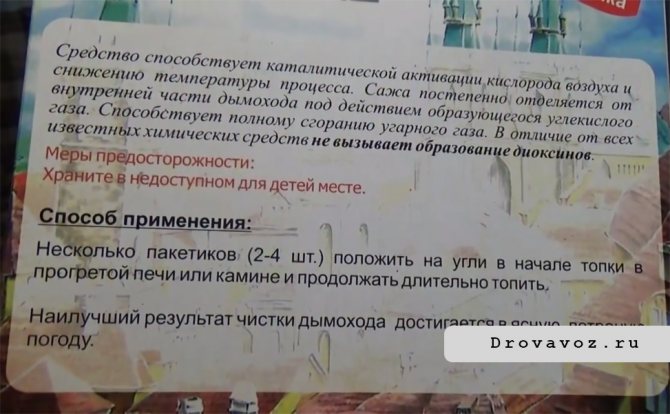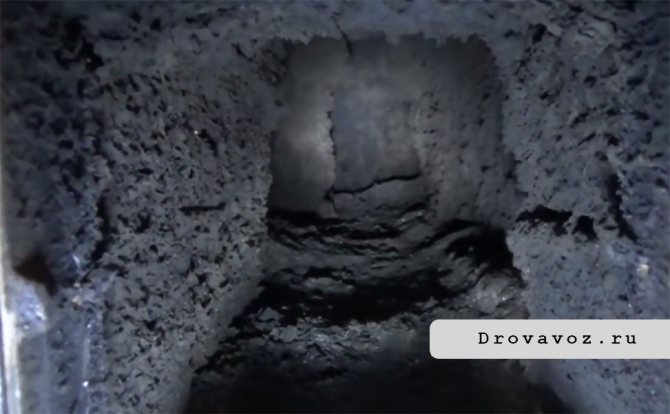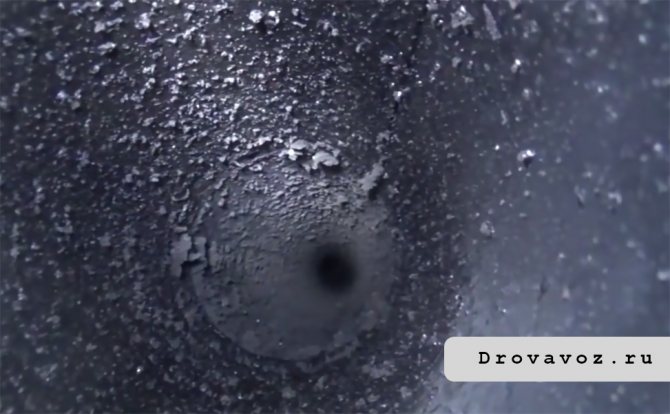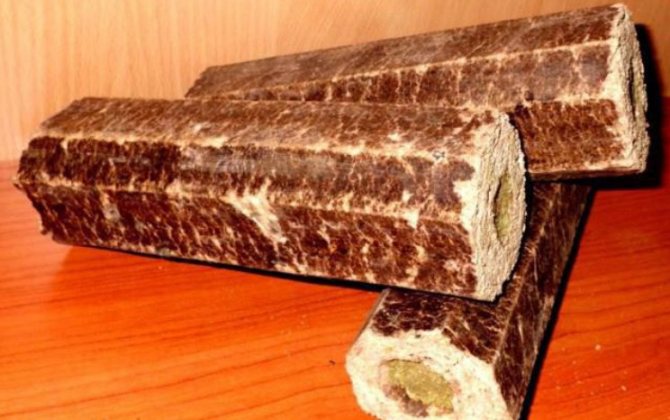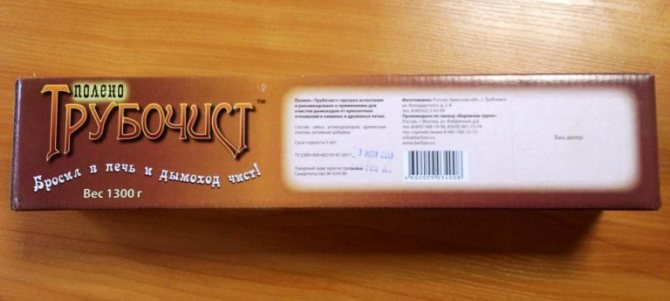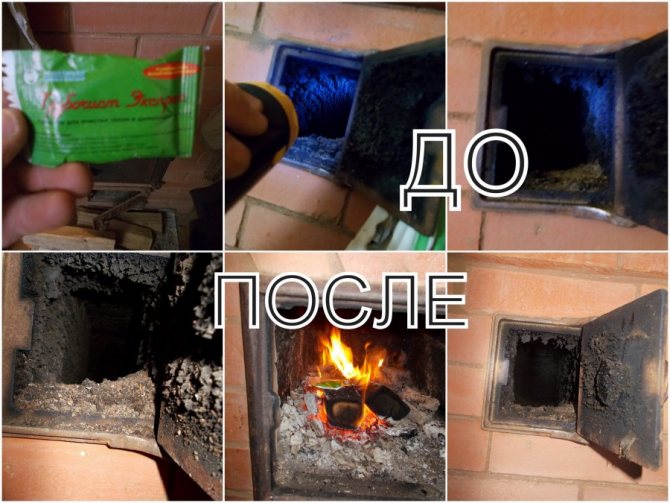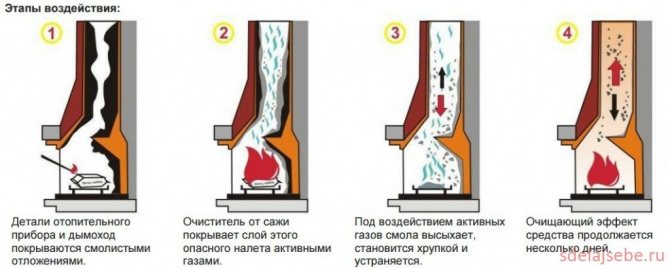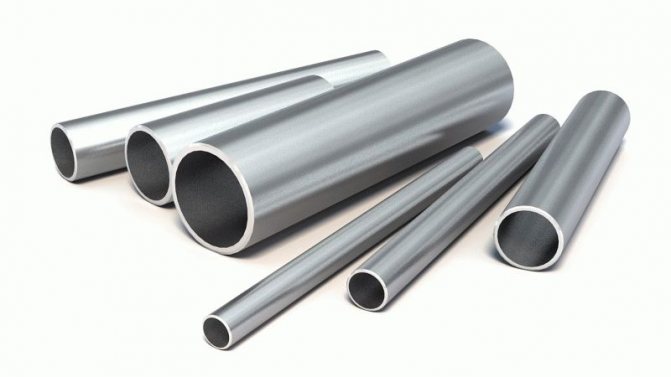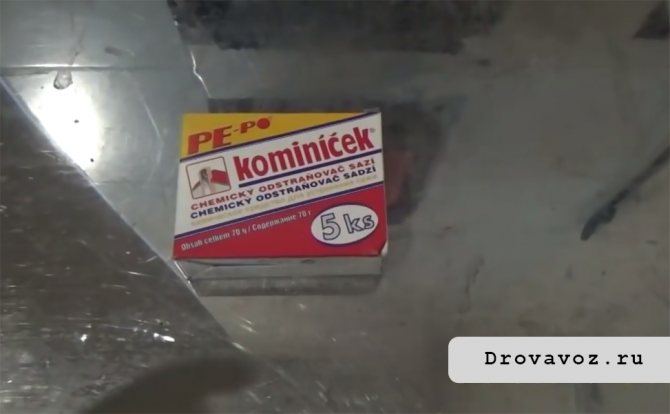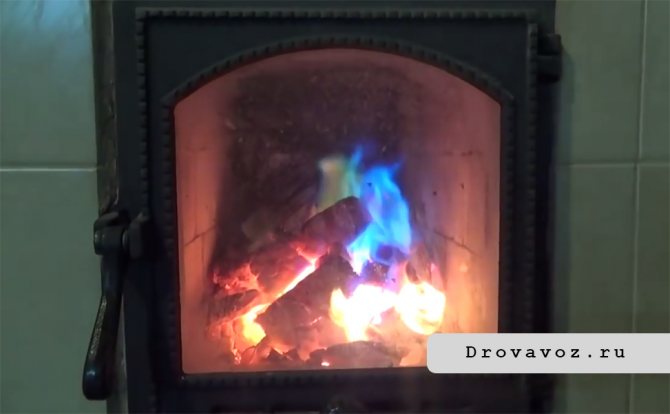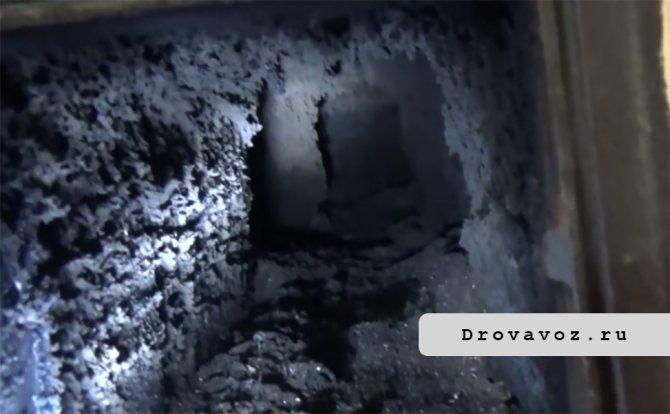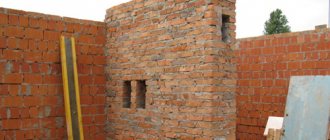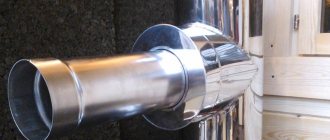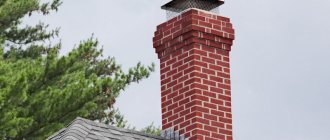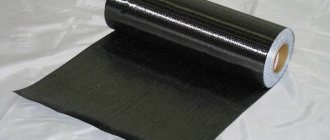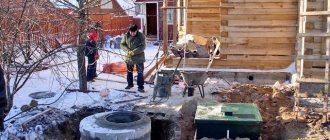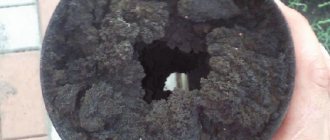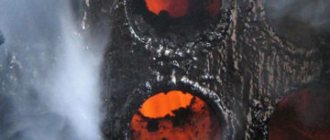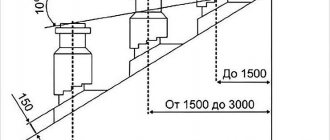Fireplaces and wood-burning stoves are rarely used in modern homes for heating due to the fact that high-tech methods of maintaining heat are much faster, more convenient and do not require such physical costs. But, despite this, fireplaces do not lose their popularity, creating a unique emotional atmosphere in country houses or city apartments.
One of the important procedures to ensure the safe use of a wood-burning stove or fireplace is to regularly clean the chimney. This is required regardless of the design of the chimney, through the wall or through the roof. Why clean the chimney and how often should it be done? How effectively can this procedure be carried out using a chimney cleaner "Chimney sweep"?

Why you need to clean the chimney
To understand why it is necessary to clean the chimneys of stoves and fireplaces from soot, first of all, you need to know what happens in the chimney when using any type of solid fuel material, including firewood. When a fire burns in a fireplace or stove, so-called combustion products, soot and soot are actively released. All this, together with the smoke, goes upstairs, directly into the chimney flues and settles in a soft greasy layer on the walls of the chimney. The more time has passed since the last cleaning, the less space remains in the chimney for extracting smoke and combustion products.
Of course, correct operation, as well as adherence to simple principles for the selection of firewood for a stove or fireplace, can significantly slow down this process:
- You do not need to burn anything in the stove (fireplace) except firewood. It is better to try to dispose of any household waste, even paper waste, in other ways.
- Choose firewood exclusively for those tree species that contain a minimum of resin. These are, for example, dry wood of alder, aspen, oak, birch. Firewood from fruit trees, which are so loved for their amazing aroma, released during combustion, is slightly worse in quality. Outsiders in this list, experts consider conifers, which emit a large amount of soot, due to the high content of natural resins. It is also not recommended to often use not the most expensive, but quickly burning out poplar and willow.
- Do not forget about regular cleaning of the blower.
Compliance with all of the above, together with prevention, will allow you to avoid serious chimney clogging for years. But, despite this, cleaning the stove (fireplace) pipe still cannot be avoided. In addition to settling soot, blockage can form from the outside if debris or a foreign object gets into the pipe. Therefore, professionals involved in the repair and cleaning of the chimney often recommend checking the chimney in the fall and spring.
How to understand that you need to clean the chimney? The first sign that the procedure cannot be postponed will be a visible deterioration in traction. The release of the main amount of smoke and smell not through the chimney, but into the room, sparks flying from the fireplace - a signal that the chimney is dirty. Draft, slow and insufficient, not only creates smoke, but can also lead to intoxication with carbon monoxide components. In addition, a spark emitted from the fireplace can cause a fire or injury.
What else is so dangerous about a polluted chimney? Combustion of accumulated soot can easily lead to cracking and destruction of the chimney walls. The conclusion that can be reached on the basis of all of the above: chimney cleaning is an important procedure, on the thoroughness and regularity of which the good operation of stoves and fireplaces depends, as well as the safety of the house.
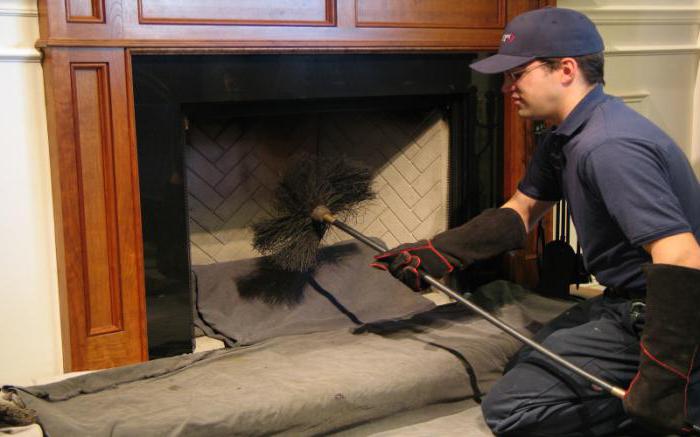

Why is the chimney clogged?
Chimney flue clogging is a natural process that occurs as a result of combustion. Only part of the fuel, decaying into fractions, acquires a gaseous form and goes out as an emission into the atmosphere.
Other fragments with a heavier, denser structure take the form of soot deposits and settle on the inner surface of the pipeline, over time, significantly deteriorating its throughput.
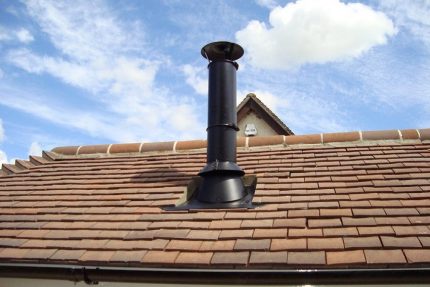

The chimney coming out of the roof must be closed with a special windproof cap. Then, during the period of seasonal downtime, a bird or wasp nest will not be built there, and in winter leaves, branches, ice and other foreign elements will not get inside.
The use of firewood from coniferous trees provokes clogging of the canals. The viscous resinous substances, contained in excess in the composition, form a powerful adhesive base and help to retain soot deposits on it.
Such contamination is difficult for preparation cleaning and requires careful removal by means of mechanical devices.
Household waste, packaging containers, the remains of old furniture, textiles and other items that are not a fuel resource by definition, during combustion release caustic ester complexes, heavy carcinogens and resinous compounds.
Therefore, the burning of such human waste in the furnace of a stove or fireplace negatively affects the operation of heating equipment of any class.
All of them in the form of a dense, viscous sediment cover the inner surface of the pipes and create conditions for the retention of soot, soot and soot. The channel through which the gaseous elements escape into the atmosphere is narrowed to a minimum, the draft is overturned, and part of the smoke enters the living room.
The temperature in the room drops and the use of heating equipment becomes dangerous due to the risk of carbon monoxide poisoning.
Accelerate the clogging of the chimney channel with deposits of firewood from a recently cut, damp forest.
If the current moisture content of the log exceeds 12%, it is strictly forbidden to throw it into the firebox immediately. It must be thoroughly dried in a warm room for at least 1 week.
A damp log reduces the level of heat transfer by 35%, contributes to the rapid clogging of the smoke exhaust system, and eventually disables it.
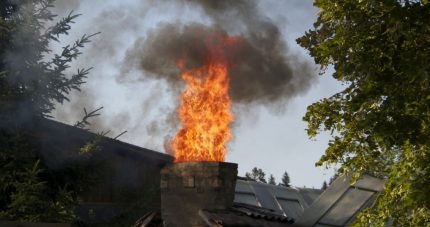

The soot that thickly covers the inside of the pipe is highly flammable and can ignite unexpectedly. This is fraught with a fire in the room and the transfer of fire to neighboring houses and nearby outbuildings.
Sometimes the active accumulation of carbon deposits inside the pipe provokes mistakes, accidentally or due to inexperience, made in the process of laying a firebox and arranging a chimney for a fireplace or stove.
This could be:
- incorrectly calculated angle of inclination of the pipe;
- too thin walls of the drainage system;
- incorrectly selected chimney pipe;
- increased volume of condensation due to insufficient thermal insulation;
- excessive number of bends and turns of the chimney;
- roughness on the inner surface of the branch channels.
It is these reasons that accelerate the pollution of chimneys and several times reduce the efficiency of stoves, boilers and fireplaces. Homeowners are advised to be very careful about the choice of stove-makers and contact only those who have already confirmed their skills and high qualifications.
Otherwise, with enviable regularity, the question of how to clean a home chimney will arise, giving you a lot of trouble and requiring constant financial costs.
Cleaning methods
Depending on what means are used to clean the chimneys of stoves and fireplaces from soot, all methods of removing dirty sediment from the chimney can be divided into three groups:
- The oldest known method is mechanical, or traditional chimney cleaning.The procedure is carried out with the help of special "chimney sweep tools": various brushes and "core", a rope with a heavy weight to break through the blockage. Despite the outward primitiveness, such cleaning of chimneys of stoves and fireplaces from soot gives the best effect and allows you to cope with the most advanced types of blockage of the chimney.
- Thermal cleaning is also a rather old method, proven over the years. It consists in “burning out” the soot by heating it with well-dried pine wood. Technically, making a fire and waiting for the result is the easiest and most inexpensive way. But also the most dangerous: with a large accumulation of soot, a fire in the chimney is practically a small explosion. A pipe, especially a masonry pipe that has small cracks, may simply fall apart. Therefore, experts advise using this method only as a preventive measure, provided that a large amount of soot and soot has not had time to settle in the chimney.
- Chemical (non-mechanical) cleaning. Considering the use of such a tool as a chimney sweep log for cleaning a stove (fireplace) pipe, reviews of which are found in most construction forums, it is worth considering chemical methods in more detail. Applying the chemical properties of substances for dissolving or drying soot in a chimney began many decades ago, with the so-called folk remedies. For example, the most famous life hack, invented by our great-grandfathers, is burning potato peelings. Also, the chimney was often cleaned out by pouring ordinary salt onto the hot firewood. Today, along with folk remedies, a huge number of modern products of chemical laboratories have appeared in stores, designed for cleaning chimney chimneys in a non-mechanical way. Such products are available in the form of pressed bars (or logs), as well as in the form of dry powdery masses. It differs from the traditional methods of modern "chemistry" by the need to strictly follow the instructions and observe the dosage, as well as the smaller amount of the substance used at a time.
The "Chimney sweep" log, which is often recommended on construction sites on the Internet, belongs to the means of chemical cleaning. What is this product and how should it be used to effectively get rid of soot deposits in the chimney?
![], chimney pipe](https://buildex.decorexpro.com/wp-content/uploads/truba-dymohod.jpg)
![], chimney pipe](https://buildex.decorexpro.com/wp-content/uploads/truba-dymohod.jpg)
Chemicals in the fight for purity
With the regular use of industrial preparations, it will turn out to postpone the capital cleaning of the chimney. Reagents are added to the furnace and, during combustion, they release components that convert amorphous organic deposits into a solid fraction. The soot loses its adhesion to the walls and crumbles downward. Subsequently, it is cleaned from the firebox.
Chemicals are available in the form of briquettes, powder or liquid. The characteristics of the most popular drugs and recommendations for how best to clean the chimney from soot are given below.
Smoke box - the cleaner is easy to use and has a cumulative effect.


How to use: remove the labels, put the box in the firebox, pour over it with liquid (included in the set) and set it on fire. Burning time - 1-1.5 hours
Activated carbon and metal salts that are part of the box "Smoke", when burned, react with a tar deposit - moisture evaporates from the soot, the deposits become brittle and burn.
You should not count on an immediate result - the effect of the drug continues for another 2 weeks, a noticeable effect will come in 2-3 months.
The Dymova log is produced in the form of a bar that imitates natural wood. It is laid along with the firewood when kindling. During combustion, a beautiful turquoise flame is observed - a sign that the cleaning components have entered a thermal reaction.The advantage of using logs is aesthetics and an unusual visual effect.
Similar products: Poleshko, Vortex log, Chimney sweep log.
The Dymovoy granular cleaner is designed for servicing pellet stoves and boilers. The drug is mixed with fuel granules and poured into the furnace. Suitable for use in traditional wood-burning stoves.


Regardless of the form of release, the principle diagram of the work of the reagents is the same: 1 - kindling the preparation, 2 - coating the resin with an active gas, 3 - drying of the plaque, 4 - gradual cleansing effect
Dymova's products have proven themselves well as a means of preventing and cleaning moderate pollution.
The Czech-made drug "Kominichek" is produced in the form of a powder, packaged in sachets of 14 g.
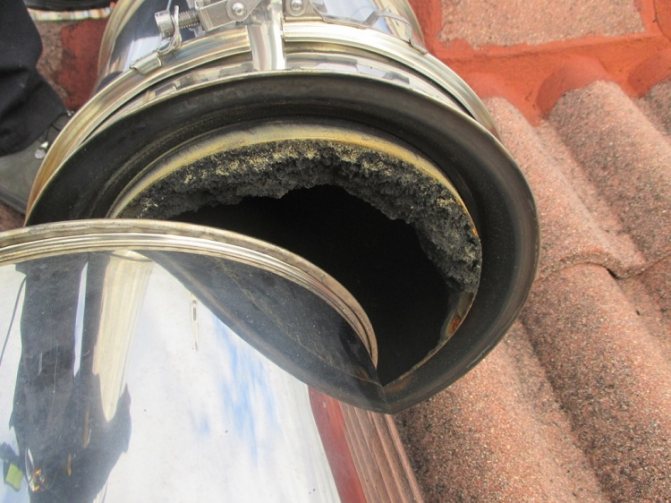

Features of using a cleaning reagent:
- designed to remove soot, the layer of which is up to 2 mm;
- the recommended refueling dose is 1 bag / 1 kg of firewood;
- use with an open firebox (fireplaces) is unacceptable - when burning, the chemical composition exudes a pungent odor.
The dosage of the furnace cleaner for preventive purposes depends on the type of furnace equipment:
- fireplace insert and local stove - 14 g;
- boiler serving one floor - 14 g;
- central heating boiler - 28 g.
The manufacturer strongly discourages changing the dosage of the drug. If it is heavily soiled, it is better to repeat the treatment twice a month. A packet of "Kominichek" is thrown into the firebox without opening it as a whole.
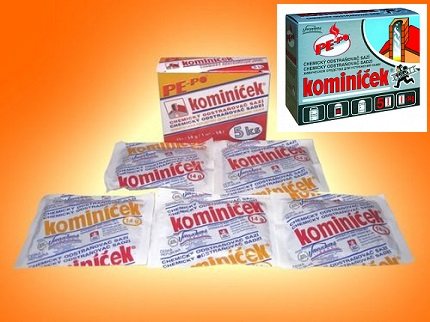

The composition of the cleaner: copper chloride and activated carbon. The soot is removed as a result of a catalytic reaction - the heated granules melt and release chemical components that transform the soot into oxide
The Lithuanian company has developed a line of effective reagents aimed at destroying creosote - resinous components that, in contact with water vapor, create a sticky base for soot to adhere.
Popular Hanza products:
- "Log chimney sweep";
- concentrated granular preparation;
- resin cleaner in sachets;
- pellets for servicing heating devices operating on granular fuel.
Hanza-cleaners contain a complex of crystals. One group of components acts as a catalyst, converting wood soot into combustible gases. Other substances produce haze at high temperatures - hot vapors destroy the structure of tar deposits.
Image gallery
Photo from


Products of the Lithuanian brand Hansa are designed for perfect cleaning of chimney ducts, stove fireboxes, fireplaces, solid fuel boilers from carbon deposits, soot, creosote, tar
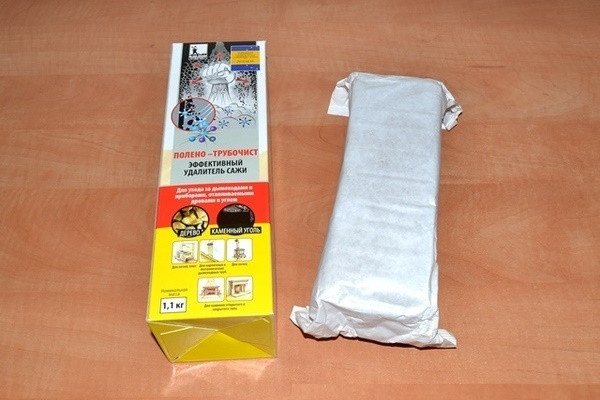

Compressed into logs and free-flowing chemicals from Hansa quickly and flawlessly clean chimneys and stoves without the use of mechanical means
Read more: Gas hoses for gas stoves varieties features of choice and subtleties of connection


In one single use, the "Chimney sweep" log removes soot and resinous formations clogging the chimney
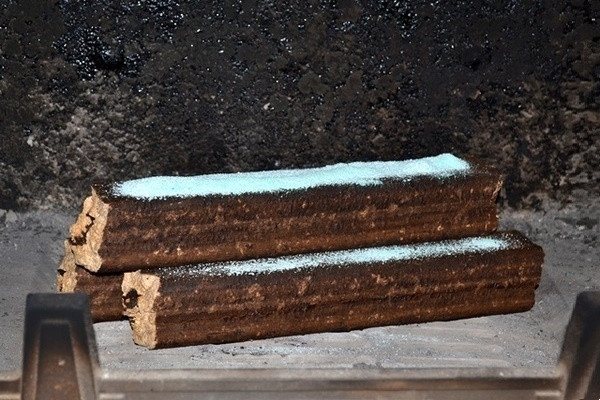

Powdered cleaning agent is added to regular wood to prevent soot from forming and depositing on the walls of the flue system.
Products of the Lithuanian brand Hansa
Log "Chimney sweep" from the Lithuanian manufacturer
Using braces
Prevention of deposition of combustion products
Hanza loose soot remover is versatile. The product is suitable for fireplace inserts, solid fuel boilers, wood stoves and open fireplaces. The expiration date of the purifier is not limited.
The powdery reagent is easy to use - one or two measuring cups are added to the fuel in the combustion chamber. At the first stage of use, to ensure a good quality of cleaning, it is recommended to “fill” each firebox with a cleaner.


The calculation of the volume of the mixture is based on the power of the furnace and the degree of pollution.To prevent chimney clogging, the frequency of use of Hanza is every 4-5 kindling
The powder is packaged in plastic containers or bags of 50 g. The volume of one bag corresponds to the capacity of a measuring cup. "Log-chimney sweep" burns out in 2 hours, validity period - 2 weeks. To increase efficiency, it is advisable to repeat the preventive cleaning procedure. It is not necessary to remove the packaging when filling the firebox.
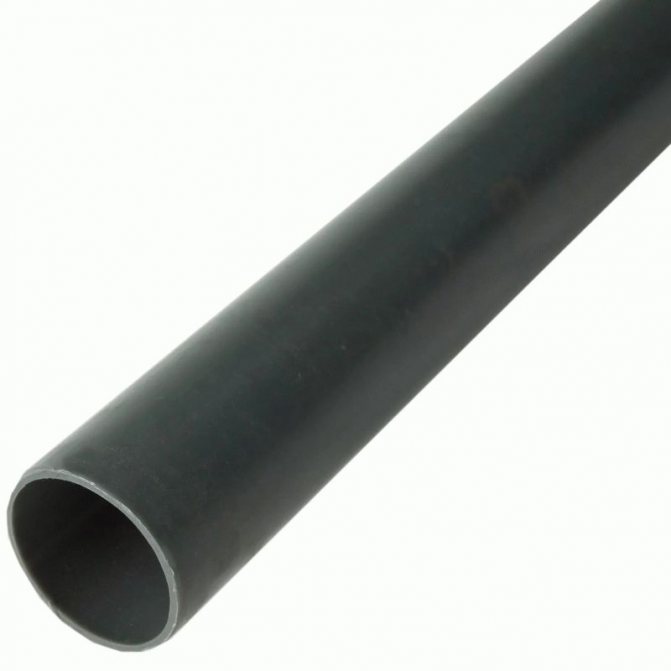

Granular "Hanza" provides cleaning not only for the chimney of the pellet boiler, but also for the burner, door glass and heat exchanger. The product is not suitable for wood and coal fired equipment.
Recommended proportions based on the power of the boilers:
- up to 10 kW - 1 kg;
- 10-20 kW - 2 kg.
For the purpose of prevention, as 200 kg of fuel is consumed, 250 g of the purifier is added.
Spalsadz (Poland) - activator for complete combustion of resinous deposits and soot. Reagent in the form of a green powder, consisting of inorganic salts. When the temperature rises to 350-600 ° C, the agent decomposes into catalytic components that contribute to the decomposition of organic matter to water and carbon dioxide.
Image gallery
Photo from
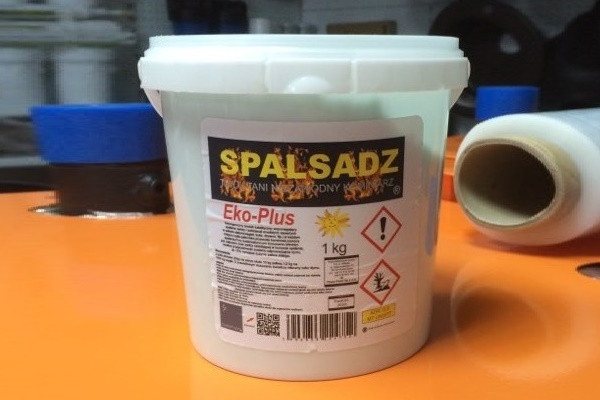

A Polish-made tool of the Spalsadz brand in the most rational way eliminates the problems traditional for solid fuel units
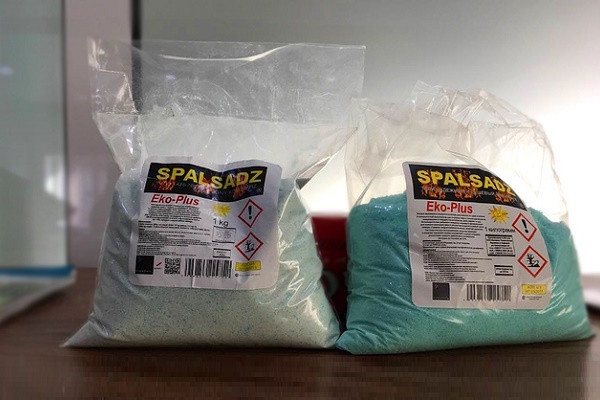

Regular use of Spalsadz reduces the build-up of tar deposits on the flue gas duct and eliminates the emission of carbon monoxide into the environment


The use of the composition prevents narrowing of the chimney channel, increases the heat transfer of the unit by 20%
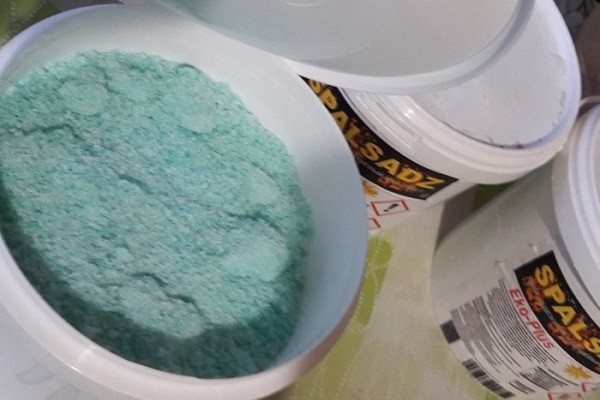

Spalsadz is a powdery catalyst that fully burns resinous substances and soot.
Spalsadz chimney cleaners
Packaging the product in plastic bags
Effective composition for cleaning boilers and furnaces
Powder catalyst application
Features of the Spalsadz catalyst:
- non-explosive and non-flammable;
- does not react with ceramics, therefore deformation of ceramic elements is excluded;
- increases the efficiency of heating devices - fuel consumption is reduced by 20%;
- not toxic;
- drug consumption - 1-2 kg / 1 ton of fuel (depending on the level of pollution).
The generated heat does not "escape into the chimney" and the downtime for cleaning the boiler is reduced. An additional plus of Spalsadz is the reduction of sulfur dioxide emissions into the atmosphere.
Chemicals for routine cleaning of chimneys of solid fuel boilers, stoves and fireplaces attract with their simplicity, reasonable cost and ease of use.
Owners do not have to purchase special equipment, get their hands dirty with soot and make serious physical efforts to return the equipment to working capacity.
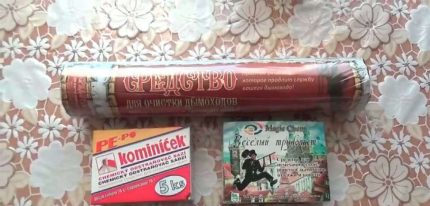

Products for removing soot and carbon deposits from chimney systems are produced in the form of powder, granules or briquettes, resembling a classic wooden log in shape. Efficiency does not depend on the form of release
The purchased preparations are simply poured into the fire in a certain volume or laid along with the firewood when kindling. In the process of thermal exposure, the working components react with soot or resinous elements and contribute to their decomposition.
The gaseous part, together with the smoke, escapes into the atmosphere, and the dry part simply crumbles to the bottom. Then it is removed along with solid combustion products and ash.
Many domestic and European companies are engaged in the production of cleaning chemicals. Their products are in stable demand and do a good job with the tasks.
Polish Sandpal is a green, non-explosive and non-flammable fine-grained powder.
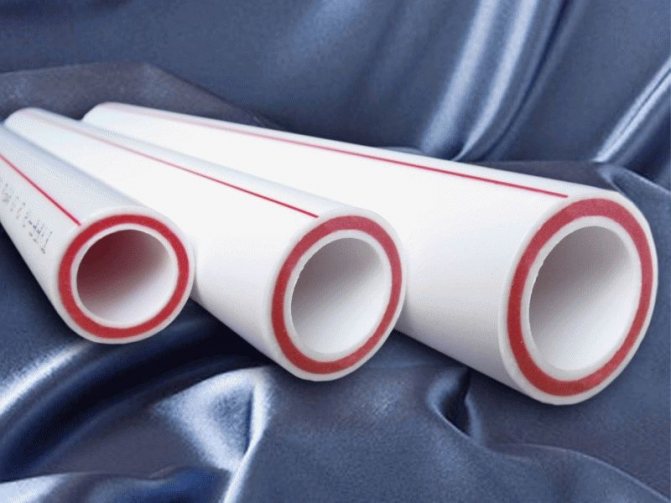

It consists of a complex of inorganic salts and serves as a catalyst for the afterburning of soot that has settled in the chimney part of fireplaces and stoves. Effectively affects organic matter, decomposing it to water and carbon dioxide.
In the amount of 1 tablespoon, it is poured into a well-heated combustion chamber directly on the smoldering parts of the fuel. If kindling is carried out with a dry resource, the dose is slightly reduced, and for a wet one with a weak, poorly expressed combustion coefficient, it increases by 10-15%.
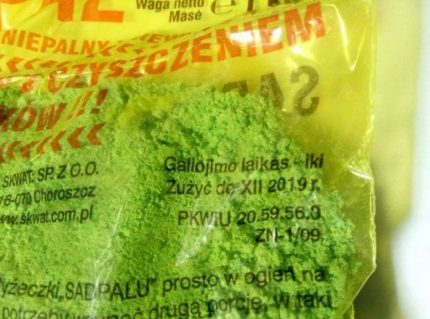

The manufacturer recommends that customers use the product in strict accordance with the instructions. Violation of proportions negatively affects the cleaning procedure and does not bring the desired results
In the process of oxidation of soot, large fractions of the resulting substance fall to the bottom of the combustion chamber, and small fractions, together with flue gases, rise up and go into the exhaust pipe.
By using Sadpal cleaning powder you can:
- optimize the consumption of coal and firewood;
- reduce the risk of ignition of residual soot deposits;
- reduce the amount of sulfur emissions into the atmosphere;
- to protect metal fragments located in the chimney part from corrosive manifestations;
- protect the ceramic elements of the system from cracking.
With regular maintenance, the pipe will stop clogging with combustion waste, will not suffer from tarry deposits and will not require complex and labor-intensive mechanical cleaning.
Hansa concentrate is manufactured using German proprietary technology at the production facilities of a plant in Lithuania.
It is a fine-grained blue-white powder from a mixture of crystals, packaged in plastic jars with lids or economical high-strength plastic bags.
Log "Chimney sweep": what is it
What is a patented non-mechanical chimney cleaning solution? Its brand name is "Log Chimney Sweep" (reviews of this tool are given below). Externally, it is a pressed bar, measuring 25x8x6 cm, wrapped in a protective paper wrapper. Sold in original packaging containing product information and procedure instructions.
The product is recommended for cleaning any type of chimney and chimney, even a complex structure, for example, a curved chimney through a wall. The substances that make up the logs, during combustion, emit volatile chemicals that enter the chimney along with smoke and hot air and affect the layer of soot that has accumulated there. As a result, the impurities in the chimney dry up and fall off the walls of the chimney.
The "Chimney sweep" log is intended for fireplaces or stoves using coal or wood raw materials. It is strictly forbidden to use this product in ovens equipped with special devices, as well as operating on gas or electricity.
Important! Often the question arises as to whether a tool such as a chimney sweep log can completely replace mechanical cleaning. Reviews of professionals about this tool warn: such cleaning can only be of a preventive nature. The use of logs for a long time eliminates the need to contact a specialist who is engaged in cleaning the chimney. However, it will not be possible to completely abandon mechanical cleaning.
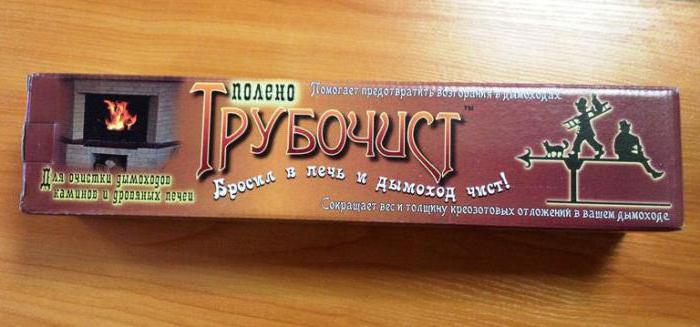

Why is the chimney clogged?
It is not difficult to guess about the clogging of the chimney system. This is clearly indicated by the dramatically reduced draft in the firebox and a noticeable cooling in the rooms.
Read more: What is a micathermic heater, principle of operation, features of the device
Problematic primary ignition of the fuel resource and arbitrary attenuation of the flame also indicate a decrease in the patency of the channels and a violation of the correct air exchange.
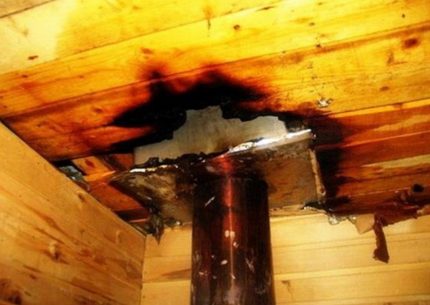

Chimney cleaning, carried out incorrectly, entails additional problems. A master who does not have the proper experience can seriously damage the pipe and even violate the integrity of the entire system. The results will be disappointing
A signal that the chimney needs cleaning is a changed shade of the flame in the combustion chamber.A fire that turns into a juicy orange color as it burns clearly implies a problem.
The unexpected smell, uncharacteristic for the normal operation of the firebox, speaks of the same thing.
The composition of the tool "Chimney sweep"
The log "Chimney sweep" is declared by the manufacturers as a product that is safe for humans and pets. As part of artificial woods:
- Charcoal wax (low carbon dust content).
- Natural wood sawdust.
- Natural substances: urea and amorphous silica.
- Ammonium sulfate is a substance that, in fact, is a compound of sulfuric acid and is actively used for industrial needs. Including, in order to disinfect water in city water supply systems.
- Sodium sulfate (anhydrous), another commonly used sulfuric acid compound (sodium salt). In addition to industrial purposes, this substance is officially a food additive, and was previously used in pharmacology.
- Substances in the composition that may cause concern are phosphorus oxide and zinc chloride: in concentrated form, both are contraindicated for contact with the mucous membranes of the eyes and human skin. Therefore, it is not necessary to remove the log from the protective paper shell. Better yet, protect yourself with ordinary rubber gloves.
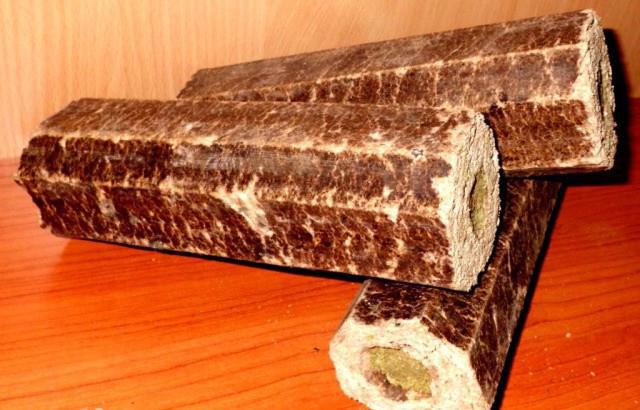

Why does soot form in the chimney
The reason for the formation of soot in the chimney is incomplete oxidation of carbon. Soot is the carbon associated with pollutants and other unburned substances. Insufficient oxidation can occur for two reasons: lack of oxygen and insufficient temperature. And in fact, and in another case, there is an active formation of soot.


It’s not good already. The next cleaning of the chimney is required
Here are the specific situations that lead to soot in the pipe:
- Using raw firewood. When laying undried firewood, they dry out in the flame for some time, then begin to burn. It takes a certain period of time to dry, but the main thing is that raw firewood knocks down the temperature. And this means soot is deposited on the walls of the chimney.
- Furnace operation in smoldering mode. In this case, fuel decomposition occurs with a lack of oxygen, which contributes to the formation of soot. Also, the smoke temperature in such modes is not higher than 100 ° C, and more often even lower. It also contributes to the formation of soot. So if you operate the stove in the smoldering mode, be prepared for the soot to be regularly scared.
- Incineration of plastic and other waste. Substances that are formed during the incineration of garbage, like cement, cement the existing deposits. So it is better to throw away the trash containing plastic.
- Plywood, chipboard, OSB and other materials containing glue are also carbon black glue. The plaque becomes very dense and poorly removed.
- Insufficient traction. This flaw in the furnace design is not only unpleasant, it is dangerous. Since it does not guarantee the timely and complete removal of combustion products. The slow advance of combustion products also contributes to the deposition of soot.
The deposition of soot in the pipe is also facilitated by some types of firewood - containing resins. The more tar, the more plaque is likely to appear. If the pine or spruce is dry, there will be no problem. But raw resinous wood very quickly shortens the time until the next chimney cleaning.
Do I need to lay firewood together with the logs "Chimney sweep"
The use of the "Chimney sweep" tool is quite acceptable without "support" in the form of coals or wood firewood. However, hot coals left over from the previous fireplace insert (stove) or dry firewood placed before cleaning the chimney with the "Chimney sweep" log will greatly enhance the effect of using this tool. When cleaning the chimney with a log "Chimney sweep" in combination with firewood (coals), the bar is laid out on top.
Forbidden! Burn more than one log in combination with hot coals.
Instructions for use
How to use the chimney sweep log correctly and safely? The instruction is posted on the branded packaging of the product:
- Remove the log from the original packaging, without unrolling the protective wrapper, and put it in the firebox. Set fire to paper wrapper on both sides.
- In a closing stove, cover the door leaves; in a fireplace, use a protective grate.
- Wait until the bar has completely burned out (about 90 minutes).
- Remains (ash) of the bar should be left in the fireplace for the entire duration, about 1–2 weeks. During this time, you can use the stove (fireplace) as usual.
- After the procedure, it is recommended to ventilate the room.
Description: composition, characteristics and principle of operation
A chimney sweep log without packaging looks like a rectangular briquette with non-sharp corners. The product is available in two sizes:
- Standard product. It has a mass of 1.3 kilograms, a length of 25 centimeters, a width of 8 centimeters and a height of 6 centimeters.
- Option "Mini" (with small dimensions). It has a mass of 0.8 kilograms.
Complete composition:
- urea and fine sawdust;
- sodium sulfate and zinc chloride;
- charcoal wax and silica;
- ammonium salt and phosphorus oxide.
The agent is put into a fireplace or stove insert and set on fire. Combustion releases substances that rise up the chimney and soften soot deposits. Part of the soot evaporates with air masses (up through the chimney), part falls off in the furnace of a stove or fireplace (then it must be removed by yourself).
"Chimney sweep" in the package
If there were a lot of deposits, or they accumulated for a long time, and firmly eaten into the surface, then mechanical cleaning is carried out. After using the log, it will be easier to clean the walls with a brush, because some of the soot will be removed, and the rest will be softer.
Purpose: in which chimneys can it be used?
The use of the product is possible for cleaning the walls of the chimneys of a stove or fireplace that run on solid (wood or coal) or liquid fuel. The parameters of the chimney do not matter (its height, diameter, type).
The use of this tool leads to the following effects:
- The risk of ignition of soot accumulations in the pipe is minimized.
- The draft in the chimney increases.
- The risk of blockage of smoke channels by various debris, including soot, is reduced.
Substances that soften and remove soot remain inside the chimney for another two weeks after application of the product. That is, the effect lasts for 14 days after the initial application of the agent. During this time, the substances act on the soot residues, softening it.
When and how often can you use it?
According to the manufacturer, it is recommended to use such a tool regularly: once every six months. That is, once a heating season (unless, of course, serious blockages appear more often).
It is recommended to use a log before the onset of cold weather - in order to clean and prepare the system in advance for operation in the winter. If the cold season in your region is long, then in the middle of the heating season you can use another chimney sweep briquette.
Log review Chimney sweep (video)
How effective is the chimney sweep log?
Despite the manufacturer's assurances of high efficiency, it should be considered only as an additional method for cleaning the chimney. The main method of cleaning remains a mechanical (brush): only in this way can you completely clean off all the dirt from the walls.
therefore it is recommended to use "Chimney sweep" only in combination with mechanical cleaning: first use the log, and then do mechanical cleaning (this will make it easier, faster and more efficient).
The last stage of cleaning
Giving detailed recommendations on how to use the chimney sweep log, the instructions for use contain a detailed description of the mandatory cleaning stage - removing waste from the elements of the fireplace or wood-burning stove.
It will be necessary to thoroughly clean the stove (fireplace) two weeks after using the "Chimney sweep" log. During this time, all active substances will have time to exert the maximum possible effect on the deposits in the chimney. The soot softened by their action falls down.
At this stage, it is important to scoop out the fallen off soot from the chimney elbow, smoke damper firebox and other available elements of the fireplace (stove), the chimney will need to be inspected again. Fireplaces with curved chimney ducts need to be cleaned especially, otherwise the remaining soot can clog the chimney.
To remove cleaning waste, tools available to everyone are well suited: a vacuum cleaner and an ordinary fireplace brush.
Mechanical cleaning sequence
Oven doors must be tightly closed to prevent soot from falling out.
If plaque is removed from the fireplace, a damp cloth must be placed on the combustion chamber. To make the channel cross-section larger, you need to open all existing dampers. It is required to put on and fasten a safety harness on the body.
- The chimney is inspected on the roof. If the soot layer is less than 2 mm thick, it is removed using chemicals. The trash is simply pushed down.
- The head is removed. All layers are removed with a stiff brush or scraper.
- Hard-to-reach places are cleaned using a flexible brush. You can also use a cable that has a special nozzle at the end. With each turn of the handle, the device moves down.
- Moving the suspended metal ball can remove soot and other large blockages
- Work must be done carefully so as not to compromise the integrity of the brickwork. After opening the chimney door, the soot layer is completely removed. The blower and combustion chamber are cleaned.
If plaque is removed in an open fireplace, the treatment is carried out with a wire brush from the side of the firebox.
At the end of the procedure, it is necessary to heat the stove to check the draft. Then the head is set in place.
How much money is required for one cleaning
Another question that may arise for a person who uses the Chimney Sweep for the first time: how many logs should be burned at one time for more efficient cleaning? Manufacturers recommend burning one log for regular cleaning, and two for wide chimneys, but one after the other, and not simultaneously. It is allowed to lay two logs in one burnout for the first cleaning or removal of a large layer of settled dirt. But this should be done carefully, observing all fire safety measures.
How often should the cleaning be carried out with the help of "Chimney sweep" logs
It is recommended to carry out the cleaning procedure regularly, at least twice a year. The frequency of cleaning largely depends on the frequency of use of the stove or fireplace. For example, if the fireplace is heated once daily, it is sufficient to carry out preventive cleaning twice a season, using one bar at a time. If the fireplace (stove) is heated no more than once a week, one log is enough for the heating season.


Chimney cleaning methods
All options for cleaning the smoke channel can be divided into three groups.
Option # 1 - folk remedies
The most common remedy for chimney soot build-up is rock salt. It is usually poured onto the fuel during combustion. However, this option can be viewed rather as prevention of soot formation. It will not help to radically clean the pipe.
A more effective chimney cleaner is potato peelings or just chopped potatoes. Their number is determined by the size of the heater, but on average it usually takes about a bucket. The cleanings are poured directly into the fire. The starch released together with the steam softens the soot and it comes out of the pipe. After the procedure, you need to clean the oven. Sometimes this operation is carried out before mechanical cleaning, which is much easier.
Another remedy is aspen firewood. Several armfuls of such fuel are burned in a furnace. However, you need to immediately make a reservation that this is a rather dangerous method.It involves heating the chimney to very high temperatures, as a result of which the soot begins to burn out. Before using this method, make sure the chimney is strong. In addition, soot deposits must be small, otherwise even the most durable pipe will not withstand the loads and collapse.
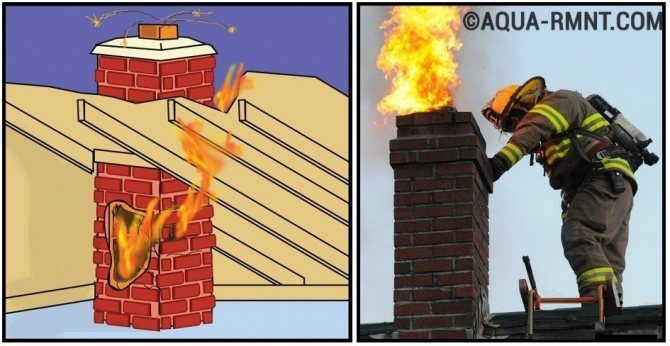

Soot is deposited inside the chimney and closes the duct space. Draft deteriorates, the efficiency of the heater decreases and the risk of fire increases
Option # 2 - chemical compositions
The industry produces many products designed to clean the chimney. These are a variety of powders, liquids and briquettes. They are added to the furnace during fuel combustion. They ignite and release substances harmless to humans, destroying deposits on the walls of the smoke channel, which crumble down. Popular agents include PCA or anti-agaric chemical composition. A special powder is placed in the firebox along with the wood. Its quantity is strictly standardized: no more than 200 g per ton of fuel.
In search of how to clean your chimney from a small layer of soot, you should pay attention to the Czech remedy "Kominichek". This powder, when heated, causes a catalytic reaction, causing the soot to burn at a lower temperature. The most popular is the "Chimney Log", which can be used in all types of devices operating on liquid and solid fuels. You need to use the product as deposits accumulate. On average, a fireplace that is lit once or twice a week will require one briquette for six months. But for a boiler that is constantly used, you will need one log every two months. In large fireplaces and stoves, two packages are burned at once.
Before using the Chimney Log for the first time in the heating season, you should inspect the chimney to be sure that it is not clogged with debris or foreign objects. The briquette can be burned with or without fuel. However, for maximum efficiency, it is placed on hot coals. Before this, the log is taken out of the package, but the wrapper is not removed. You should wait until the briquette flares up, if this does not happen, the wrapper is set on fire from both sides. The active substance lasts for two weeks. All this time, soot may fall out. After this period, you should inspect the pipe and clean the furnace.


An effective chimney cleaner is a special log. When burning, it emits volatile substances that destroy the soot deposited in the smoke channel.
However, it is worth saying a few words about safety (more in the video):
Although, there is an opinion that all this was written with a pitchfork on the water:
Whom to believe is up to you.
In our next material you will find instructions for installing a steel chimney:.
Option # 3 - mechanical cleaning
No matter how advanced mankind in matters of technology, mechanical cleaning of chimneys, just like hundreds of years ago, remains the simplest, most reliable and effective way to remove soot and soot. A variety of scrapers, paddles, brushes and brooms are used depending on which ducts need to be cleaned - vertical or horizontal. A tool for servicing furnace channels can be made by hand or bought in specialized departments of building markets. Most often, a brush-brush is used to remove soot in vertical gas ducts, and in horizontal ones - a poker and a brush with stiff bristles. If necessary, attach a handle of the desired length to the tool.


A brush for cleaning a chimney can be easily made from scrap materials
Previously, you could turn to a chimney sweep to clean the chimney. Since today people of this profession are extremely rare, we will tell you in detail how to properly clean the stove or fireplace from soot:
- Clean the furnace from ash and unburned solid fuel residues.
- Close the blower, firebox and all cleaning doors tightly - remember that soot consists of microscopic particles that can penetrate the narrowest cracks. An open fireplace should be covered with a thick cloth, which should be moistened with plenty of water.
- Observing safety regulations, climb onto the roof. You should have a brush tied to a long rope with you.
- Inspect the vertical flue for large debris contamination. If large third-party objects get into the chimney, or the chimney is blocked by a split-off half of a brick, then it can be released using a rope with a heavy ball-shaped weight. It is not recommended to use objects of complex shape (with a displaced center of gravity) for this purpose. They often twist and get stuck in the oven channels, requiring additional effort and time to remove.
- Having removed the blockage, lower the brushed brush into the chimney and clean the walls along the entire height of the pipe with progressive movements up and down. If the chimney has not been cleaned for a long time, or if damp firewood with a high resin content was used for the furnace, then a thick layer of deposits can be removed only with a metal scraper.
- Check the result of your work and go downstairs. Your next target is the remaining vertical and horizontal channels. They can be accessed through the cleanout doors. Opening them one by one in the direction from the chimney to the mouth of the stove, remove carbon deposits with scrapers and hard brooms and scoop them out of the canals with a poker.
- Stoves with a wide firebox, as well as fireplaces, are also cleaned from the side of the firebox. In the last turn, they scrape off the carbon deposits from the walls of the fuel chamber and the blower, after which the soot is scooped out and cleaned under and under the grate.
When finished with work, close and carefully seal the cleaning doors, carry out a complete wet cleaning of the room. The cleaning procedure is usually carried out twice a year, before and at the end of the heating season.


Fireplaces with straight chimneys can be cleaned from below through the firebox. To do this, use a special metal brush, the handle of which is lengthened with the help of special extensions.
The problem of chimney cleaning is easy to solve. There are several cleaning options to choose from. It is only necessary to take into account the amount of deposits accumulated on the walls of the smoke channel. All work, including mechanical cleaning, can be done independently. You should read the instructions and follow them carefully. However, those who are not confident in their abilities or do not want to do dirty work can invite a professional. In any case, a clean chimney will delight its owner with excellent draft and long service life.
Chimney cleaner reviews
Of course, whatever is said on the official website from the manufacturer, it would be wise to listen to the opinion of homeowners who have tested this chemical in practice. What do the reviews on the repair and construction forums tell about the effectiveness of the "Poleno Chimney sweep" tool?
- In the experience of homeowners cleaning the chimney with this product, it makes sense to inspect the chimney for damage or cracks before the procedure. The burn-out temperature of soot when using chemical logs is so high that it can pose a risk of destruction for a faulty chimney.
- After burning out, an unpleasant chemical smell lingers in the room for several days.
- If the chimney (chimney) is heavily soiled with soot, a log will not help. Experts recommend mechanical cleaning at least 1–2 times a year. In a chimney, in which soot has accumulated for several years, a log can have the exact opposite effect: the dirt will collapse and clog the chimney.
- There is an opinion that the "Chimney sweep" log in terms of efficiency does not differ from peeling potatoes.The only difference is that where one bar is enough, you will have to burn at least half a bucket of potato waste.
- Sometimes specialists professionally engaged in chimney cleaning warn of the danger of acquiring a fake of this fairly well-known remedy. At best, the use of "counterfeit" simply will not have the desired effect, at worst - the substances from which the "fake log" is made can have a harmful effect on the health of the homeowner. You should focus on the presence of a certificate from the store that sells the "Chimney sweep" log tool.
Chimney cleaner - which one is preferable to choose?
Chimney cleaners can differ significantly in their basic properties, no matter how silly it sounds. If in Soviet times only one type of briquettes was used to clean the chimney, now the choice differs tenfold. This is influenced not only by the massive filling of the market with foreign goods, but also by the fact that scientists have applied and tested many chemical compositions of such reagents. Some of them are more globally suited to work, and some only allow you to warm up the pipe so that large pieces of soot peel off during cleaning.
Among the main types, one can note the appearance of bombs for the stove - these are a kind of smoke bombs in our usual view. When they burn, they emit harmful gas, which is better not to breathe, but it is able to cope with soot as easily as other means. But, a powder-based substance for cleaning chimneys has become more widespread. They just fall asleep on hot coals and wait until it burns out, as a rule, this is no more than 10 minutes. After that, it is recommended to extinguish the stove and clean all the "knees" where soot could fall.
As already mentioned, for dry cleaning of the chimney, you need to use a special cleaning powder. They put him asleep on the coals and wait for some time. In this case, be sure to check if the windows in the apartment are closed so that there is no formation during cleaning, even a short-term reverse thrust. Still, this is chemistry, which is quite dangerous for the life and health of people.

